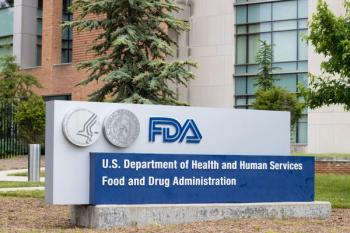
ACA drives 34% rise in copayments, coinsurance
Bronze plans have highest drug cost-sharing increase.
There’s been a significant increase in drug copayments and co-insurance fees for Affordable Care Act (ACA) health plans as compared to pre-reform health plans in the 2013 individual market, according to a recent
The four health plan metal tiers each had drug cost-sharing increases.
“Higher out-of-pocket costs can negatively affect medication adherence as well as increase patient inquiries about lower cost drugs within the same therapeutic class,” says Kev Coleman, head of research and data at HealthPocket, a consumer health-plan comparison website. “Poor drug adherence can lead to negative health outcomes and potentially higher healthcare costs in some situations. Increased patient inquiries about less-expensive drugs can decrease the number of patients a doctor can see in a given period of time.”
Rising costs
Plan enrollees using brand-name and specialty drugs face the greatest burden from the increases in copayments and coinsurance fees, according to the study. Those enrollees who use medications infrequently, on the contrary, are not likely to notice the cost-sharing increases.
The 34% increase in copayments and coinsurance fees does not mean that consumers will spend 34% more on drugs. Drug spending is also affected by multiple factors including deductible amounts, out-of-pocket caps and formulary.
“The short answer is that out-of-pocket costs for medications are increasing for those people who were previously insured in the individual market and have purchased a new plan compliant with the ACA,” Coleman adds.
Nearly one-out-of-five health insurance plans purchased privately by individuals and families lacked prescription drug coverage prior to the ACA.
In comparison, all new health plans in the individual market include a drug benefit. Additionally, some over-the-counter drugs such as aspirin, folic acid and iron supplements can be obtained without any
Health plans in the individual insurance market should examine how drug cost-sharing increases affect drug adherence among enrollees and related clinical outcomes, according to Coleman.
“Additionally, health plans should examine prescribing habits of in-network healthcare providers to make certain that in cases of similar clinical effectiveness, the lowest cost on-formulary drug is being prescribed,” he says.
Newsletter
Get the latest industry news, event updates, and more from Managed healthcare Executive.


















































